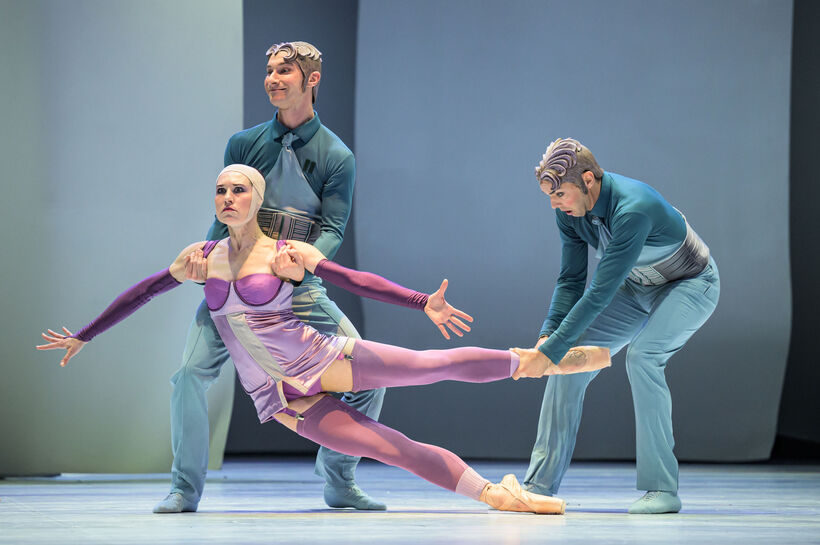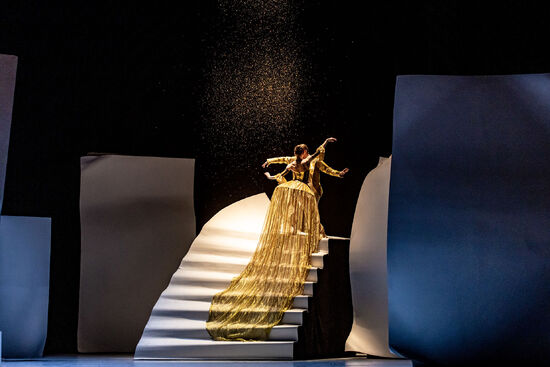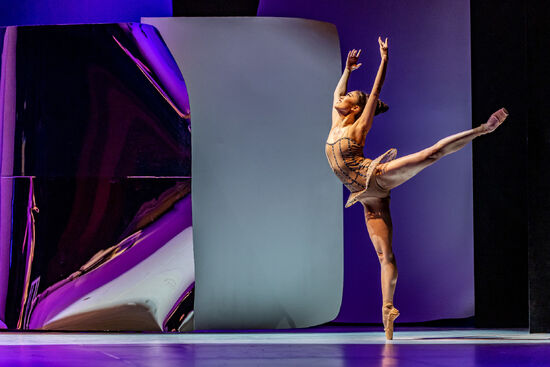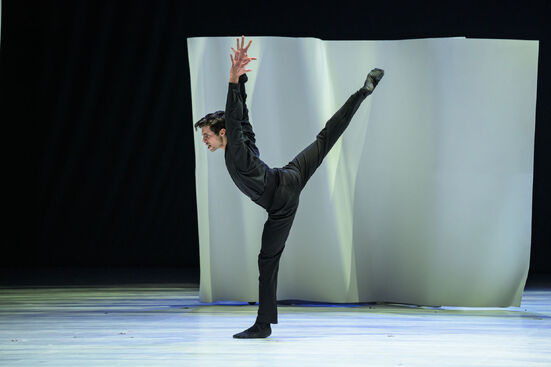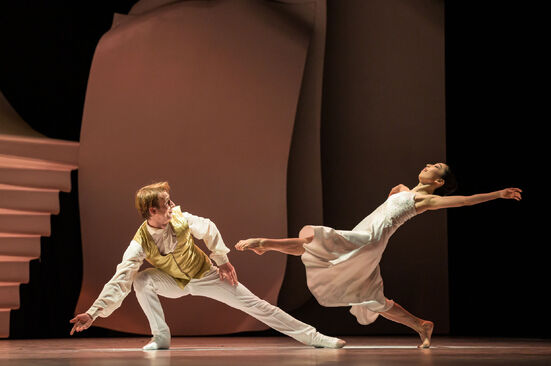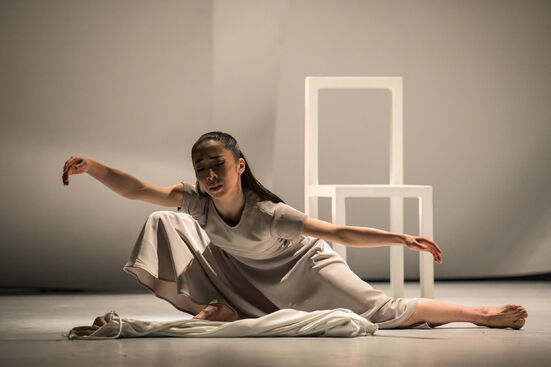An Extraordinary and Poetic Cinderella
Jean-Christophe Maillot's version of Cinderella returned to Prague. A new generation of dancers from the National Theatre got the opportunity to perform in an unusual take on the well-known story.
In the Czech Republic we have a rich tradition of staging Prokofiev's Cinderella. Indeed, Saša Machov’s premiere in early 1948 was the first performance of the work outside the Soviet Union. It is still very popular today. Less than a year ago, ballet of the National Theatre Brno staged a production by Markéta Pimek Habalová, and earlier this year Petr Zuska came up with an original version in České Budějovice.
The National Theatre's dramaturgy often goes for titles from the world's ballet archive and in its choices it sometimes misses the experience and expectations of today's audiences. This is not the case with Maillot's Cinderella, which had its world premiere in 1999 at the Opéra de Monte-Carlo. It still has something to say thanks to its unusual interpretation and inventive choreography, especially in the spontaneous and rich duets.
In Maillot's Cinderella we do not find any magic nuts (as we usually do in the Czech tradition of the story); not even a symbolic slipper leads to finding the chosen one. Instead, the choreographer consistently works with the motivations of the main characters, which are rooted in childhood and emotional family ties. He focuses not only on the budding relationship between Cinderella and the prince, but in a second, or rather equally important plan, he develops the dilemmas of Cinderella's father, who, after the death of his beloved wife, succumbs to the seductions of his second wife.
We meet Cinderella's real mother in the very beginning, but even after that, she accompanies her daughter through life as a symbolic fairy, protector and memory. Cinderella's father also keeps her in his mind in this way, who in the beautifully poetic, emotionally powerful conclusion of the ballet casts off the stepmother by indulging in the memory of his former wife. The final endless kiss between Cinderella and the Prince echoes the same motif in the opening, when the father kisses his wife. The sincere emotion embodied in this symbol endures through the next generation...
Instead of the iconic slipper, this version works with the foot or leg as a trademark. The ballet slipper of most of the dancers here is contrasted with Cinderella's bare, gold glitter-covered feet. The leg or foot refers to social class, it can define a relationship of subordination, etc. The Prince's search for the right foot has a humorous, but also slightly erotic (perhaps even borderline sexist for contemporary followers of correctness) touch. Four of the prince's friends cling to his feet, later offering their feet as an alternative to Cinderella's. Feet and ideal proportions under the skirt are what the somewhat vain prince is interested in when he chooses his bride-to-be.
Maillot's Cinderella flows at a faltering pace. Especially in the first half, a few cuts would have helped. The play-with-a-play, where six men perform the classic fairy tale story of Cinderella as a prelude to what is actually happening in reality seems superfluous and old fashioned. It wouldn't hurt to cut out the performances of the ever-present organizers. But then, on the other hand, there are very poetic, sweet, funny places – interactions between Cinderella and the fairy, or rather her mother, passion-filled duets between Cinderella and the prince, scenes of the father remembering his deceased wife, performances characterising the unconventional prince as a sovereign who "enters" the ball when he slides down the stairs on his butt.
After a long time, it was evident how the technically well-prepared dancers of the National Theatre met interestingly built roles on which they can work and grow as actors. This is true of Matěj Šust, the unassuming prince, confident and mischievous, who despite his slight goofiness does not lose his natural authority. An ideal character profile in which Šust looks very natural thanks to his more civil approach. In duets, he gets along well with Aya Okumura, a recent addition to the Prague ensemble. There is a sense of mutual connection in their interactions. Okumura is an experienced, technically confident ballerina. Her Cinderella is no pushover, but an energetic girl capable of defying her fate. In second cast Alina Nanu is more fragile in her approach; her acting colours the role with more subtle shades. Jakub Rašek, who danced the prince in the second cast, is matched in spontaneity by Matěj Šust's sovereignty.
Romina Contreras draws attention to herself with her warmly empathetic take on the fairy, or the mother, as does the more impish Ayaka Fujii. The stepmother is enjoyed by Evgeniya Victory Gonzalez and, especially, in the first cast, the grotesquely snippy Nikola Marová. Alongside these contrasting women, Danilo Lo Monaco's performance as the father is a bit bland. Patrik Holeček, on the other hand, manages to achieve greater depth in the character of the father and to truthfully convey his emotional turmoil – blinding passion and the recognition of true values and sincere love.
The musical direction by Jaroslav Kyzlinek deserves praise. The orchestra under his direction played without major mistakes, with sensitivity to the colourfulness of Prokofiev's difficult composition. As the previous Prokofiev premiere of Romeo and Juliet showed, quality musical staging is not standard at the National Theatre.
With Jean-Christophe Maillot's Cinderella, the National Theatre Ballet returns to the repertoire with a title that still speaks with its original conception and the power of some poetic images. After a long time, the performance of the National Theatre Ballet ensemble once again exuded life and its soloists proved to be distinctive personalities.
Written from the premiere on 23 March and performance on 26 March 2023, National Theatre Prague.
Popelka
Choreography: Jean-Christophe Maillot
Music: Sergej Prokofjev
Sets: Ernest Pignon-Ernest
Costumes: Jérôme Kaplan
Light design: Dominique Drillot
Ballet masters: Bernice Coppieters, George Oliveira, Bruno Roque
Conductor: Jaroslav Kyzlink
World premiere: 3. 4. 1999, Opéra de Monte-Carlo




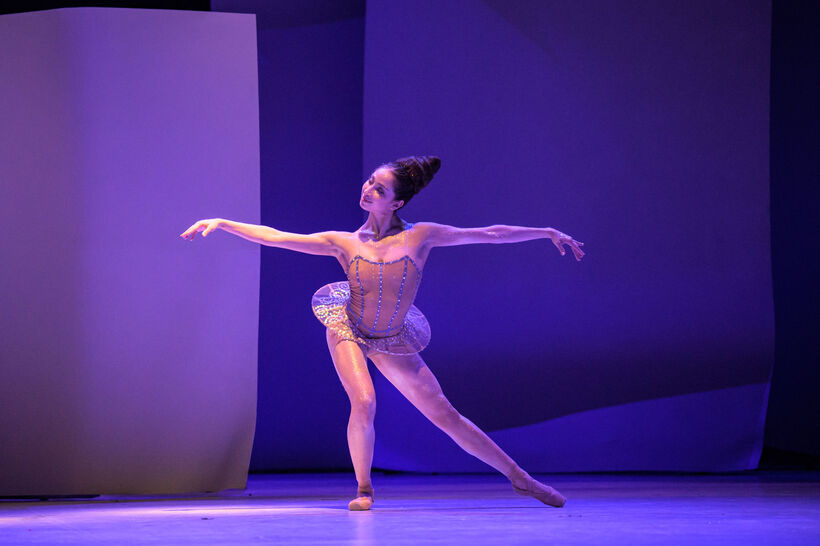.jpg)
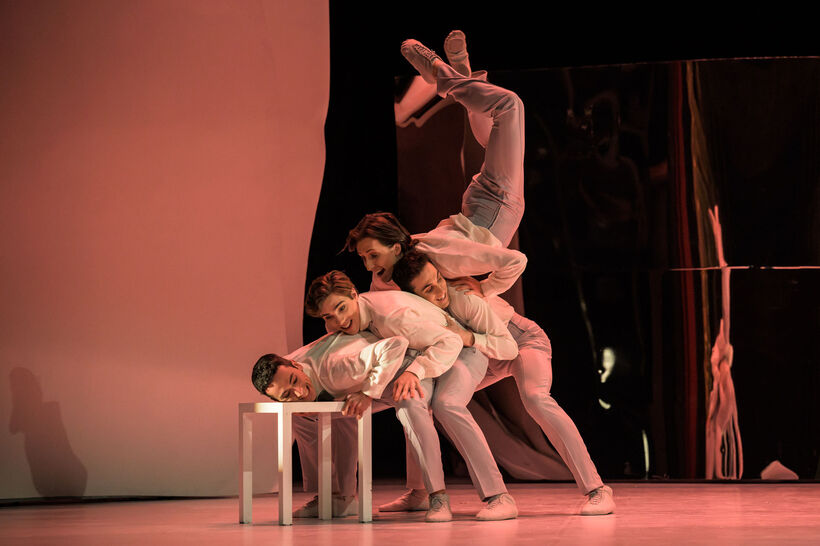.jpg)
